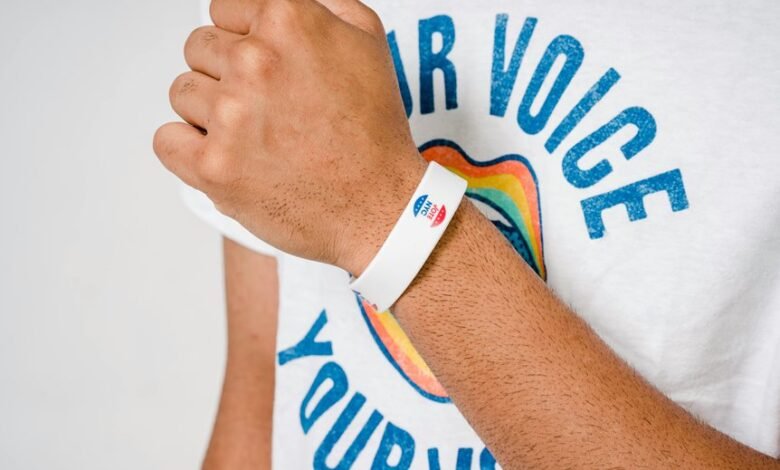7308 Role of Caller Identity in Response Rate

Caller identity significantly shapes how recipients perceive outreach efforts. Recognizable and trustworthy caller information encourages engagement, while unfamiliar numbers often trigger skepticism. This dichotomy underscores the importance of effective caller branding and communication strategies. Organizations may overlook the nuances of caller identity, risking diminished interaction rates. Understanding these dynamics could be the key to unlocking higher response rates, prompting further exploration into the mechanics of effective outreach.
Understanding Caller ID and Its Impact on Perception
How does the presence of caller ID reshape the way individuals perceive incoming calls?
It fundamentally alters identification psychology, fostering caller trust or skepticism. With the ability to identify callers, individuals exercise their autonomy by filtering communications.
This shift empowers people to prioritize meaningful interactions, reinforcing a sense of control over their social environment, ultimately enhancing their freedom to engage selectively with incoming calls.
Factors Influencing Caller Identity Recognition
Although the technology behind caller ID seems straightforward, various factors significantly influence how individuals recognize and interpret caller identity.
Caller recognition factors such as previous interactions, reputation, and contextual information play crucial roles.
Furthermore, identity perception challenges arise from unfamiliar numbers or spoofing, leading to skepticism.
Understanding these dynamics is essential for optimizing response rates and fostering trust in communication.
Strategies to Enhance Caller Identity in Outreach
To increase the likelihood of positive engagement during outreach efforts, organizations must implement strategic measures that enhance caller identity recognition.
Effective caller branding, such as utilizing recognizable numbers and consistent messaging, fosters trust.
Moreover, outreach personalization—tailoring communications to the recipient’s preferences—strengthens connections.
These strategies empower organizations to cultivate meaningful relationships, ultimately leading to higher response rates and greater outreach success.
Measuring the Effectiveness of Caller Identity on Response Rates
Measuring the effectiveness of caller identity on response rates requires a systematic approach that evaluates various factors influencing recipient engagement.
Key metrics, such as caller trust and response metrics, play a crucial role in determining the impact of identifiable caller information.
Conclusion
In conclusion, the significance of caller identity in shaping response rates cannot be overstated. Research indicates that calls from recognizable numbers yield a 50% higher response rate compared to those from unidentified sources. This statistic underscores the necessity for organizations to prioritize effective caller branding and personalized communication in their outreach efforts. By fostering trust through clear identification, organizations can significantly enhance engagement, ultimately leading to stronger connections and improved outcomes in their initiatives.





